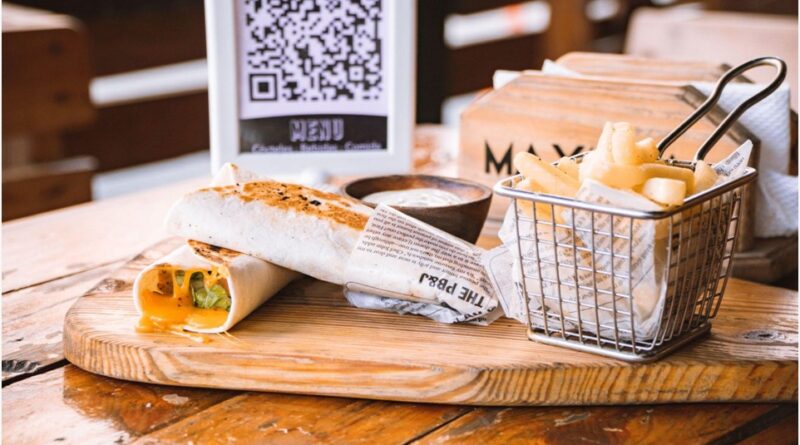How to Use QR Codes to Promote Your Marketing Campaigns
QR codes are quickly becoming an essential part of a marketer’s tool belt. They provide brands with a new opportunity to engage prospects and customers in real life, beyond what can be done online. For example, you can use QR codes in your email marketing campaigns and on your product packaging to give consumers instant access to more information about your brand or products. In this guide, we explain what a QR code is and how to create one for your next marketing campaign. Then, we’ll show you how some companies are using them today!
What is a QR Code and How to Create One?
A QR Code (Quick Response Code) is a barcode that can be scanned with a smartphone. It contains information that can be used to access content, such as website links and contact details.
A QR Code contains two parts: The first half is an identification code made up of black modules arranged in a square pattern on a white background and the second half is called “payload,” which may contain text, image, or audio messages in some cases. The identification code itself is designed to encode data so it can be read by many different kinds of devices regardless of their operating system or software platform.
To create a QR code, you can use an app or a generator. Using an app is the most direct way, but if you don’t have one on your phone already then that might be too much of a hassle. If you choose to use a generator, it will be made by using a c# qrcoder to create a QR Code, so make sure it’s legitimate by looking for badges from third-party verification services.
Why QR Code is Popular?
QR codes are popular because they’re easy to use, and they can be used in almost every type of marketing campaign. They’re also versatile: you can create a QR code for any kind of business, product, or service your company offers.
As a result of their popularity, QR codes have become increasingly common in advertising campaigns across a wide range of industries. They’re used by advertisers on billboards, posters and other printed materials; during TV commercials; on radio stations; as part of website content; within social media posts; in emails, and more.
Where to Use QR Codes for Your Marketing Campaign
The best places to use QR codes for your marketing campaigns are:
- On business cards, flyers, posters, and billboards.
- On the packaging of your product.
- In the footer of your email signature.
- On social media accounts.
- In the body of emails that you send out as part of a campaign (e.g., newsletters or press releases).
Here Are Some Examples of How Companies Are Using QR Codes for Marketing Campaigns
You’re now ready to start using QR codes in your marketing campaigns. If you’re still unsure of how to get started with this technology, here are some examples of companies who have used QR codes for their own purposes:
- Restaurants use QR codes to promote the restaurant’s location on Google Maps.
- Retail stores put up signs around their store with a QR code that links back to their website or social media accounts. This way, customers can share what they bought with friends easily while they’re still in the store!
- Artists use QR codes as part of an art exhibit by putting them on flyers promoting future events (like an after-party), or linking people directly back into their website where they can buy tickets for upcoming shows or view other available works by that artist!
QR codes are a great way to promote your marketing campaigns. They can be put on any type of media and you can use them for all types of marketing.
QR codes are easy to make, so there is no reason why you shouldn’t be using them!
The use of QR codes is growing quickly and they can be a great way to get more people involved in your company’s marketing plan. In today’s society where everyone seems to be glued to their phones, using QR codes makes it easy for customers to interact with you. They don’t even have to type anything into their phones anymore! Just point and shoot!
